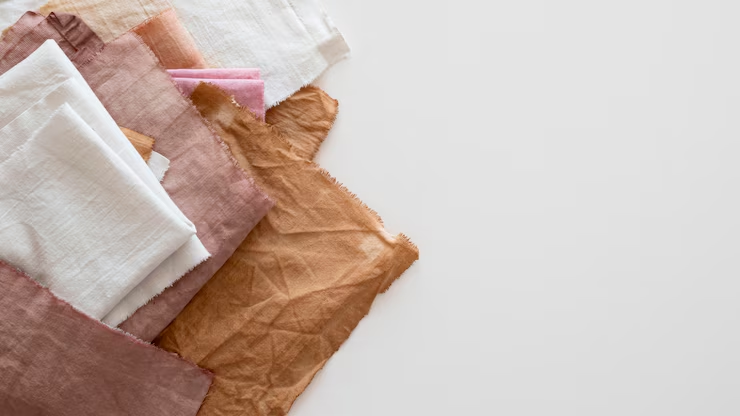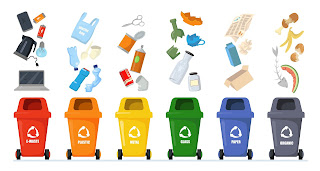How We Can All Help Reduce Textile Waste
Textile waste is one of the fastest-growing categories of solid waste worldwide. Every year, millions of tons of clothing and fabric are discarded, with a significant portion ending up in landfills or incinerated. This growing problem has profound environmental, social, and economic impacts—but it’s not too late to make a change. By taking intentional steps to reduce textile waste, both individuals and organizations can make a measurable difference.
One of the biggest contributors to textile waste is fast fashion. Clothing trends now change weekly, prompting overproduction and overconsumption. Consumers are encouraged to buy more, wear items fewer times, and discard them quickly. The result? Garments often end up in landfills after just a few uses. To reduce textile waste, we need to rethink our relationship with fashion—shifting from quantity to quality, and from impulse buys to thoughtful purchases.
Extending the life of clothing is one of the easiest and most effective strategies. This can be done through proper care, mending, and repurposing. Learning basic repair skills, such as sewing buttons or patching holes, can extend a garment’s usability and delay its trip to the trash. Additionally, donating clothes you no longer need or organizing clothing swaps in your community gives garments a second life, keeping them out of the waste stream.
Recycling and upcycling textiles also offer powerful ways to curb waste. Instead of throwing old clothes away, consider turning them into cleaning rags, tote bags, or craft materials. Some municipalities offer textile recycling programs, while various brands now accept worn garments for recycling or reuse. By thinking creatively, we can give new purpose to old fabric.
At an industry level, fashion brands must shoulder more responsibility. This includes designing for durability, using sustainable materials, and offering take-back or recycling programs. Reducing textile waste should be a part of every brand’s sustainability strategy. Choosing ethical supply chains and minimizing overproduction can significantly lessen waste footprints.
Corporate and promotional merchandise—such as branded t-shirts, hats, and tote bags—often contribute to the problem as well. These items are frequently produced in bulk, used briefly at events, and then discarded. Businesses can take proactive steps to ensure that this kind of branded merchandise is responsibly managed.
That’s where SwagCycle comes in. SwagCycle helps organizations reduce textile waste by providing responsible solutions for the lifecycle of branded apparel and merchandise. Whether it's overstocked swag, outdated promotional gear, or event leftovers, SwagCycle ensures these items are donated, upcycled, or recycled rather than sent to landfills. By connecting brands with charitable partners and sustainable channels, SwagCycle turns potential waste into impactful reuse, helping businesses meet their sustainability goals while protecting the planet.




Comments
Post a Comment